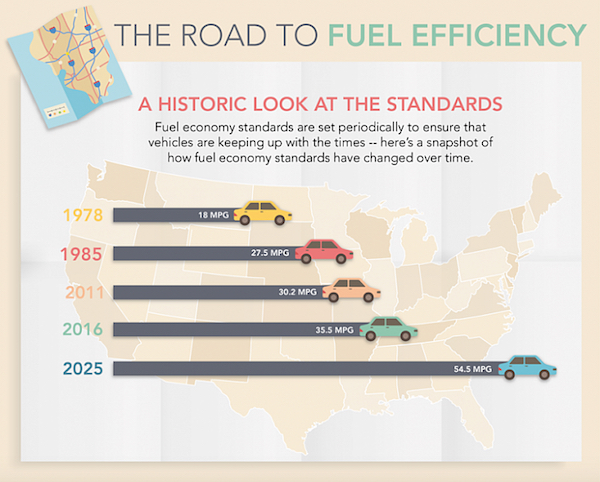
Lightweighting is not the only way to achieve fuel-efficiency goals

Automotive OEMs know the mandated goals for the Corporate Average Fuel Efficiency (CAFE) standards: 38.6 mpg by next year and 54.5 by 2025. According to David Trudel-Boucher of the Advanced Polymer Composites group of the National Research Council Canada, OEMs want low-cost solutions in short cycle times. Yet, the “automotive industry needs to adopt processes that meet the realities of today’s requirements,” said Trudel-Boucher, who presented a plenary lecture, “Advanced Polymer Composite Manufacturing Processes for Automotive Applications,” at the Plastics-In-Motion conference in Charleston, SC, which ran from May 8 to 11.
Trudel-Boucher noted that while “regulations are putting pressure on the industry,” there are more and different ways to achieve fuel efficiency. “Lightweighting is just one,” he said, underscoring some of the barriers to polymer composite materials in automotive applications. First, the industry lacks true knowledge of the materials available, which makes it difficult to design new, lightweight vehicles. “As the industry gets more familiar with the materials, designers can introduce these into the designs of their vehicles,” he commented, noting that several car manufacturers are relying on the introduction of continuous fiber composites to achieve their weight reduction objectives.
But that leads to a second barrier. To incorporate these materials into automotive components, said Trudel-Boucher, a compromise must be made between the processes to produce polymer composite parts with the volume production that automotive OEMs require. Some of the processes Trudel-Boucher discussed include resin transfer molding (RTM), an old process used for decades in aerospace and automotive (sports and luxury vehicles). RTM offers a high fiber content (up to 60%), high dimensional stability and a good surface finish (up to Class A). That sounds like a winner until you get to the “long cycle time” the process requires—from 30 minutes to two hours. That’s something the automotive OEMs can’t live with because of the high volumes required.
One alternative might be high-pressure resin transfer molding (HP-RTM), a variation of the RTM process, to meet the series production requirements of the automotive industry. HP-RTM offers reduced cycle time, the ability to use automation and compatibility with carbon-fiber reinforcement. A preforming process is involved, which can be done in several ways: A slurry deposition, in which chopped fibers are deposited into the mold (3-DEP, or dimensional engineered preform). Recycled carbon fibers can be used in the process, which makes it attractive to OEMs, Trudel-Boucher explained, noting that BMW and several other OEMs are already using it. “BMW was one of the first to adopt this process,” he added.
High pressure ensures low permeability of the carbon-fiber reinforcements, a high fiber content for structural applications and snap-cure resins (epoxy and polyurethane) that offer cure times of less than five minutes. “The high pressure is required to fill the mold cavity and impregnate the preform before the resin reaches its gel time,” said Trudel-Boucher. There are two methods of HP-RTM: Injection and compression. “With the injection method, you can achieve very complex, 3D parts; however, you need to predict the flow of the resin to get high-quality parts,” he added.













